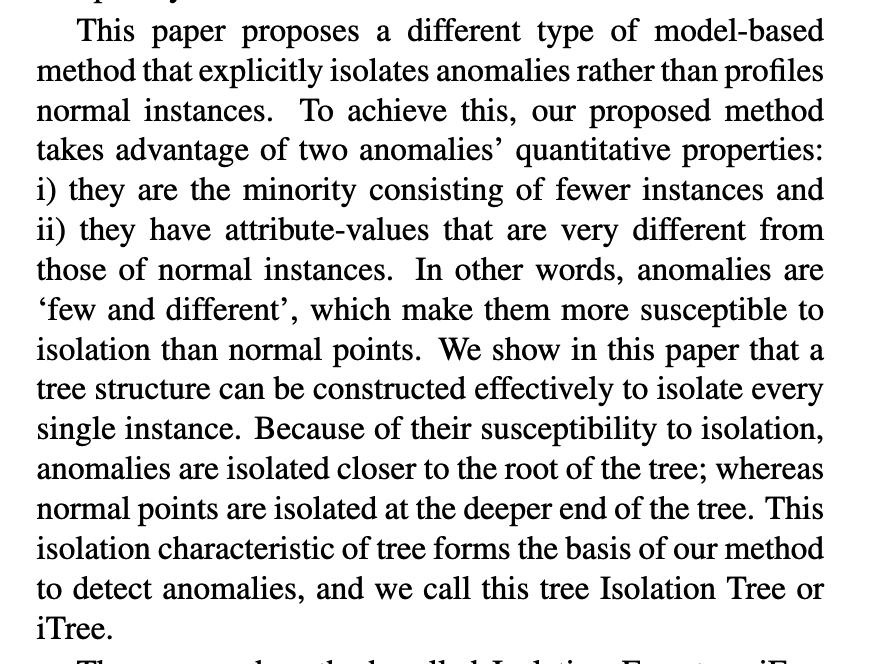To run:
dot -Tpng trie.dot -o trie.png
| import com.twitter.scalding._ | |
| class WordCountJob(args: Args) extends Job(args) { | |
| val lines = TypedPipe.from(TextLine("posts.txt")) | |
| lines.flatMap { line => tokenize(line) } | |
| .groupBy { word => word } | |
| .size | |
| .groupAll |
| <!DOCTYPE html> | |
| <html lang="en"> | |
| <head> | |
| <meta charset="utf-8"> | |
| <meta name="viewport" content="width=device-width, initial-scale=1"> | |
| <title>Some plotting</title> | |
| <link rel="stylesheet" href="https://pyscript.net/alpha/pyscript.css" /> | |
| <script defer src="https://pyscript.net/alpha/pyscript.js"></script> | |
| <py-env> |
ChatGPT appeared like an explosion on all my social media timelines in early December 2022. While I keep up with machine learning as an industry, I wasn't focused so much on this particular corner, and all the screenshots seemed like they came out of nowhere. What was this model? How did the chat prompting work? What was the context of OpenAI doing this work and collecting my prompts for training data?
I decided to do a quick investigation. Here's all the information I've found so far. I'm aggregating and synthesizing it as I go, so it's currently changing pretty frequently.
TL;DR:
- The design of both search and recommendations is to find and filter information
- Search is a "recommendation with a null query"
- Search is "I want this", recommendations is "you might like this"
This episode of Recsperts was transcribed with Whisper from OpenAI, an open-source neural net trained on almost 700 hours of audio. The model includes an encoder-decoder architecture by tokenizing audio into 30-second chunks, normalizing audio samples to the log-Mel scale, and passing the data into an encoder. A decoder is trained to predict the captioned text matching the encoder, and the model includes transcription, as well as timestamp-aligned transcription, and multilingual translation.
The transcription process outputs a single string file, so it's up to the end-user to parse out individual speakers, or run the model [through a sec
An interview problem that I've gotten fairly often is, "Given a stream of elements, how do you get the median, or average, or sum of the elements in the stream?"
I've thought about this problem a lot and my naive implementation was to put the elements in a hashmap (dictionary) and then pass over the hashmap with whatever other function you need.
For example,
import typingNotes on Learning from Data
Algorithms find the best ways to do things, but they don't explain "how" they came to those conclusions.
This is a common way to formulate ML problems, using target functions that we don't know but we want to approximate and learn.
This book is all about patterns for doing ML. It's broken up into several key parts, building and serving. Both of these are intertwined so it makes sense to read through the whole thing, there are very many good pieces of advice from seasoned professionals. The parts you can safely ignore relate to anything where they specifically use GCP. The other issue with the book it it's very heavily focused on deep learning cases. Not all modeling problems require these. Regardless, let's dive in. I've included the stuff that was relevant to me in the notes.
- Machine learning models are not deterministic, so there are a number of ways we deal with them when building software, including setting random seeds in models during training and allowing for stateless functions, freezing layers, checkpointing, and generally making sure that flows are as reproducible as possib
- Isolated points should be lower and closer to the root of the tree





